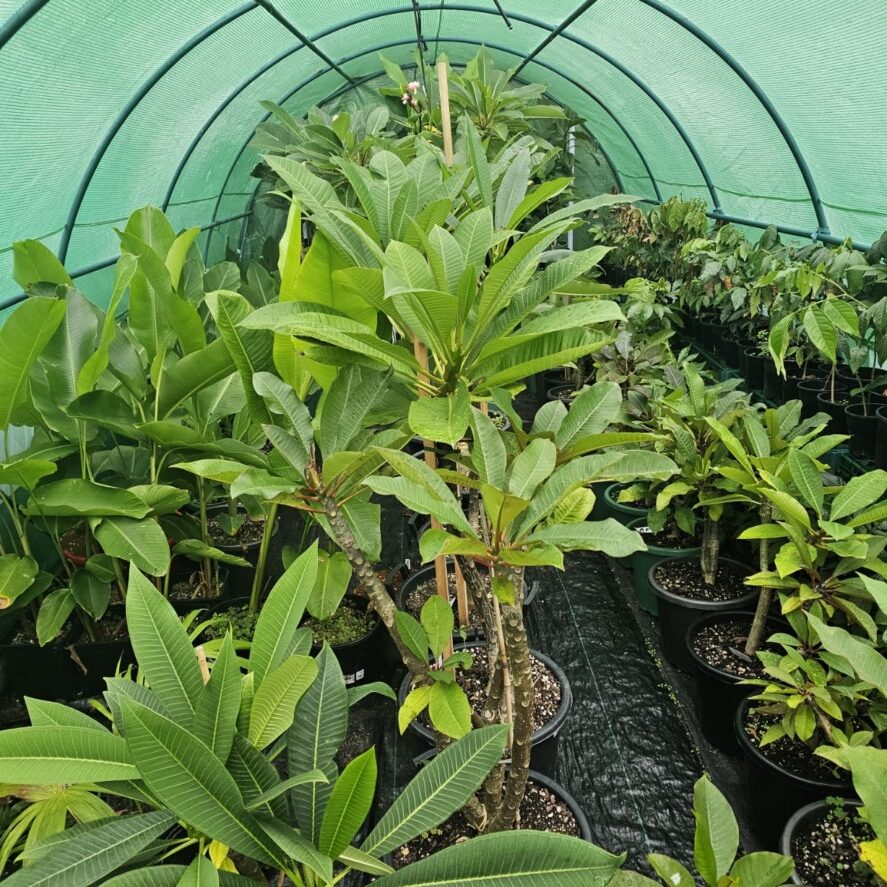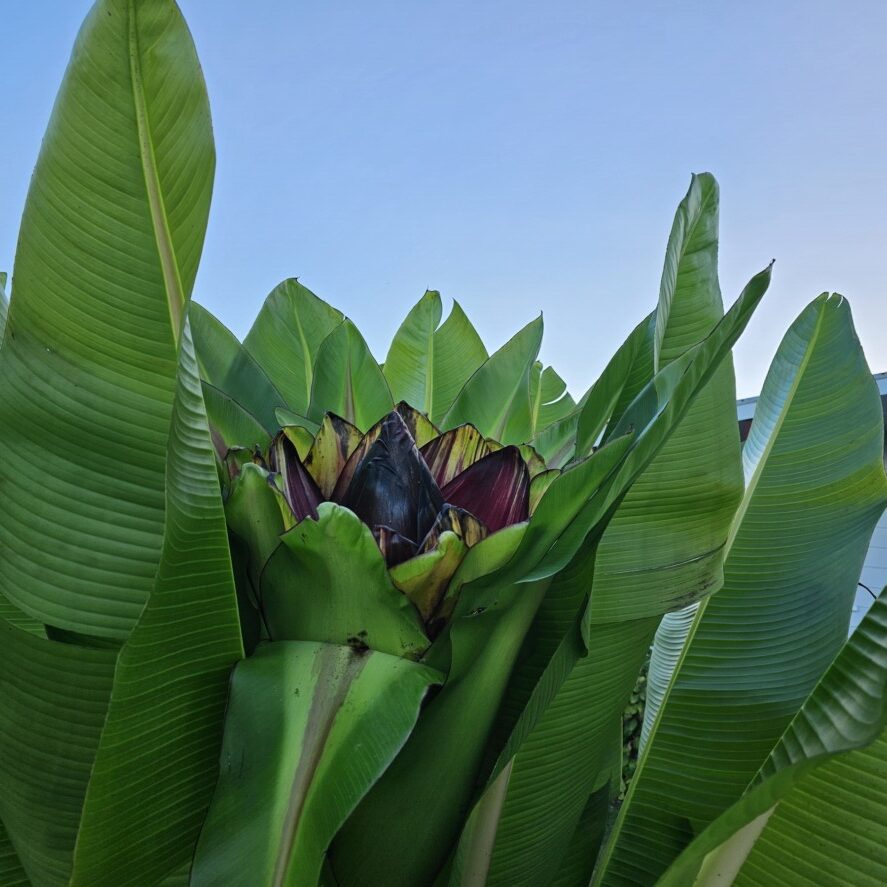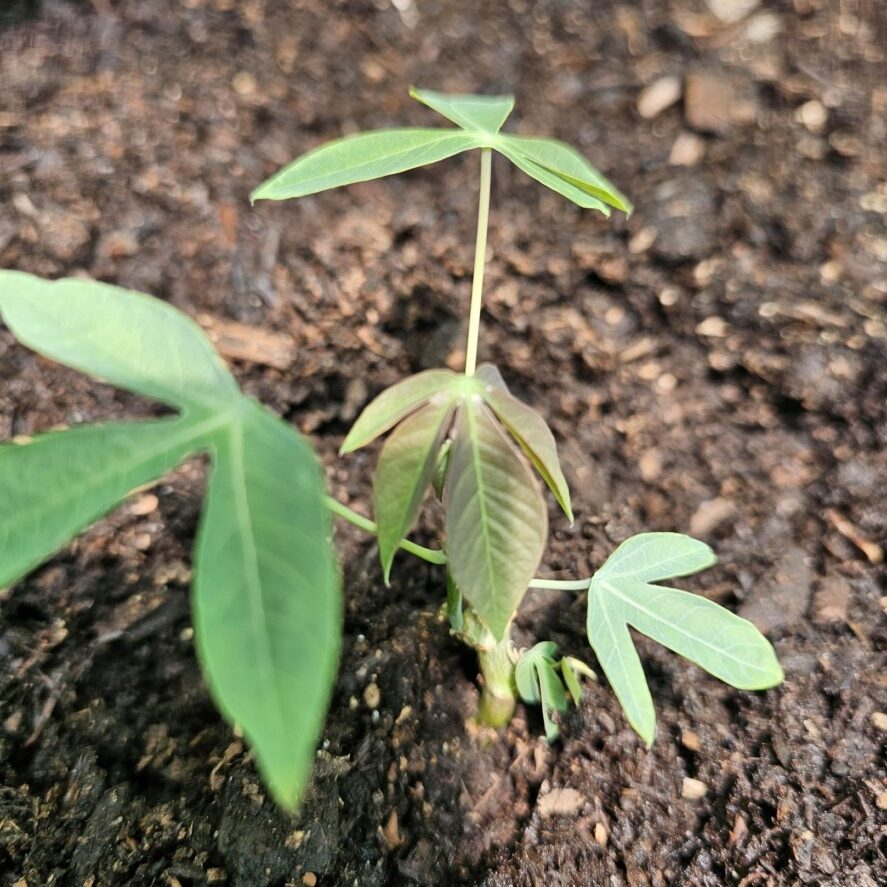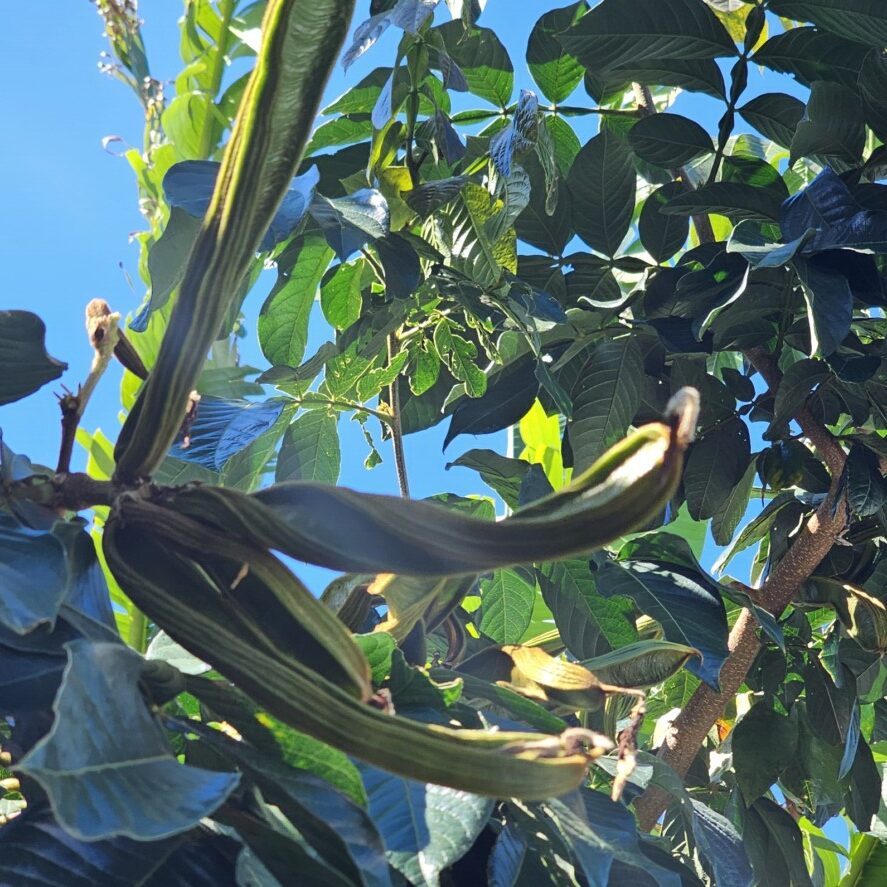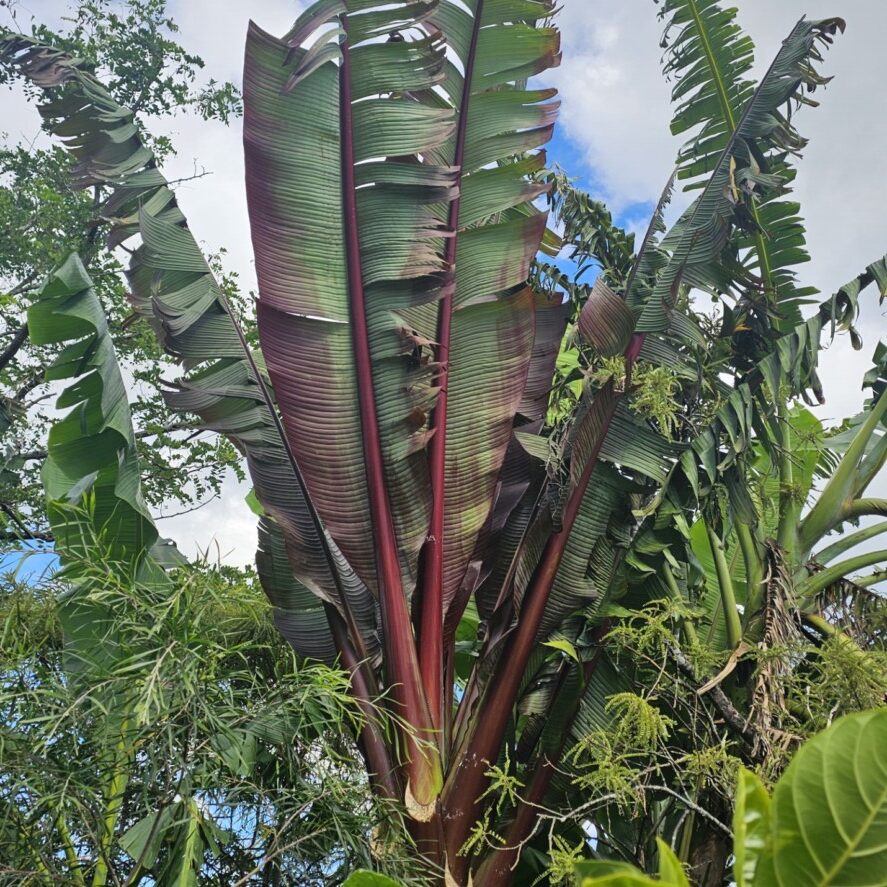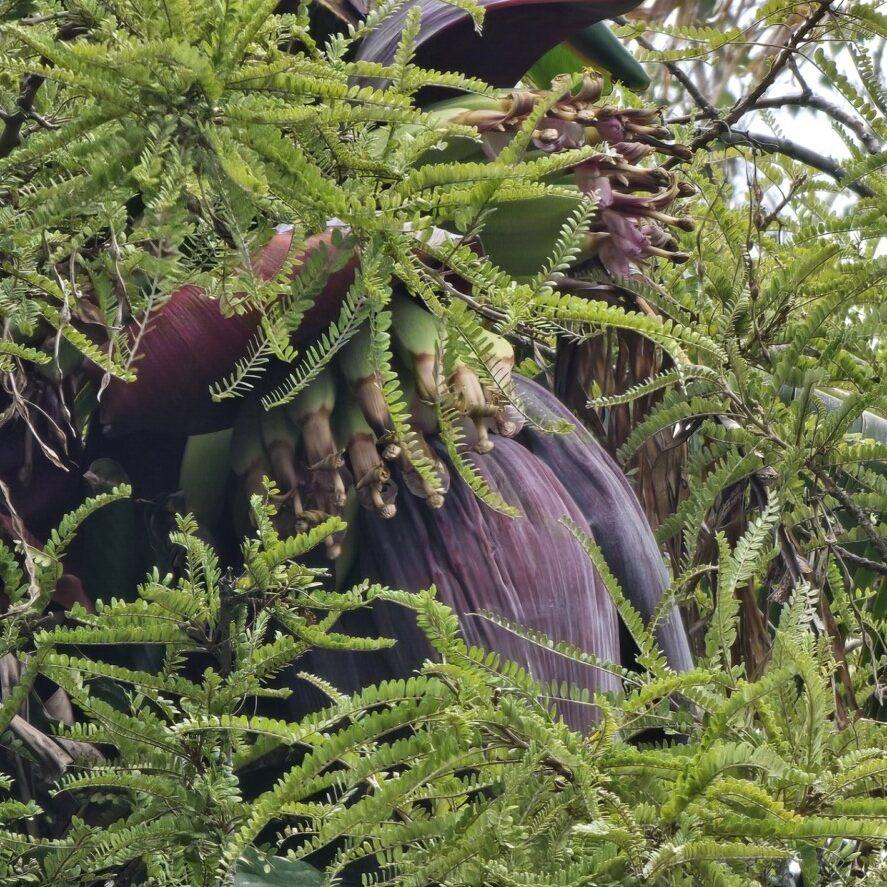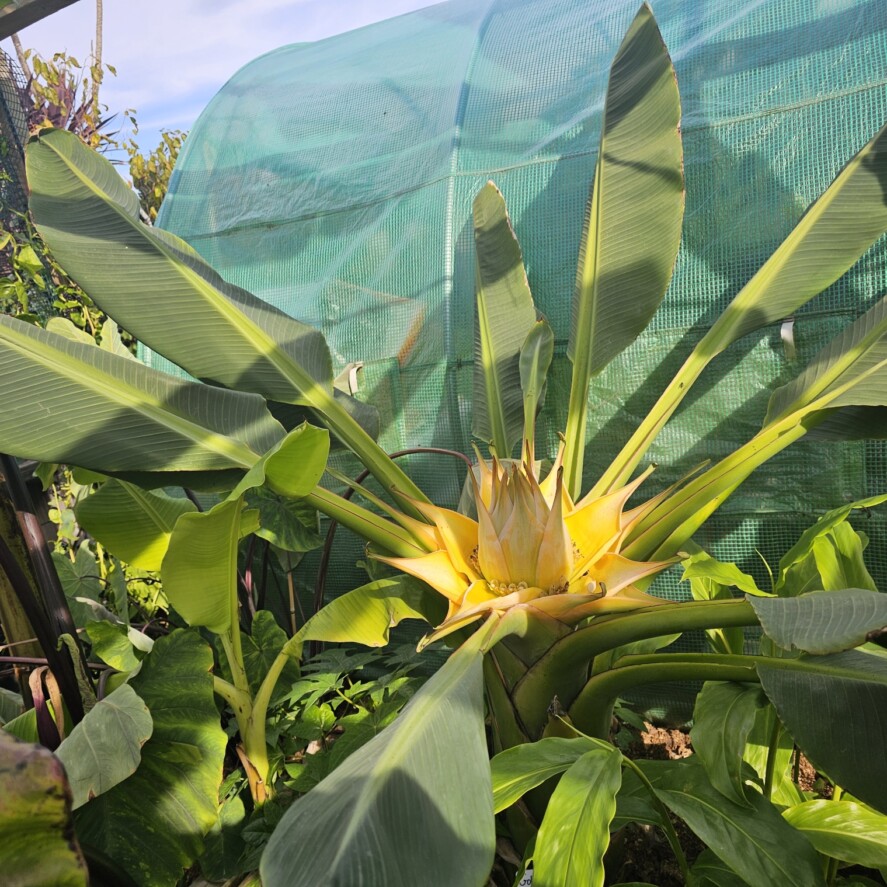-
Troppo Plant & Garden Articles
- Te Puke Region
- TROPPO’s Food Forest in Te Puke, BOP (www,foodforest.org.nz)
- Troppo’s Plant Collection
- TROPPO's Nursery Directory
- Food Forests of New Zealand (www.foodforests.nz)
- Nursery Map - Plant Suppliers of NZ Directory (www.nurserymap.nz)
- Kids Garden Corner
- New Zealand Garden Bird Survey
- New Zealand Garden Groups
- Delicious Recipes
Get Growing in the New Year! Your January Veggie Planting Guide for Bay of Plenty, NZ
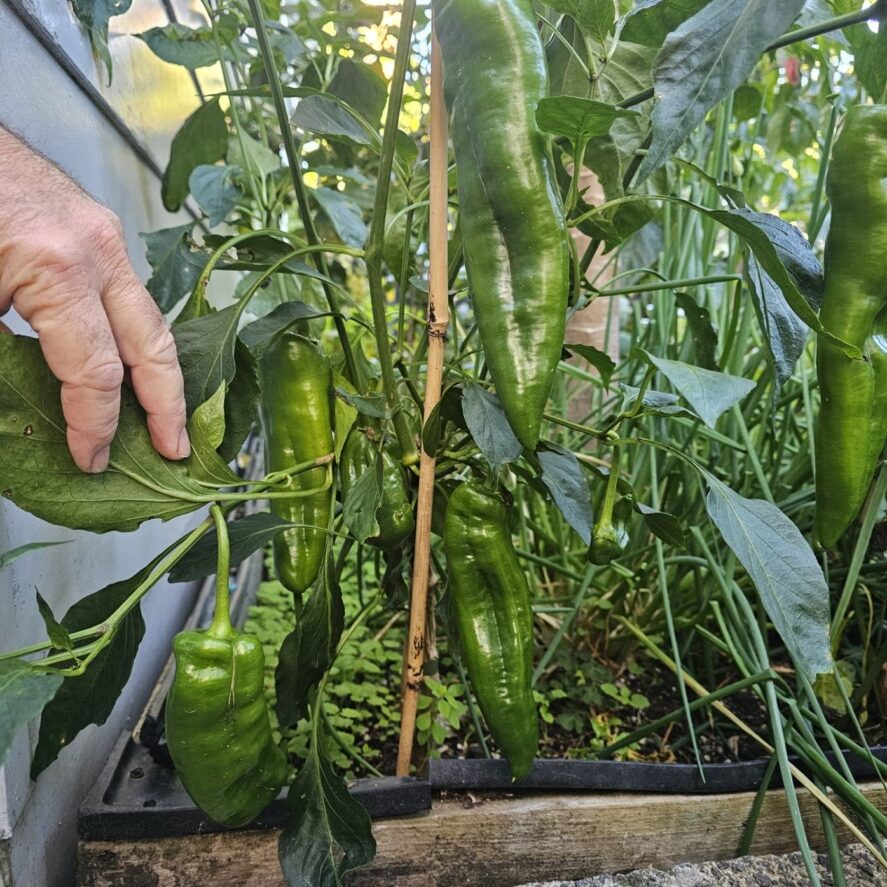
Welcome to the start of a new year, and for us green thumbs here in the sunny Bay of Plenty, that means it’s prime time to get some delicious veggies in the ground! January offers a fantastic window for planting a variety of crops that will thrive in our warm, humid climate. This guide will walk you through the key action items for your January vegetable garden, ensuring a bountiful harvest in the coming months. Let’s get our hands dirty!
1. Assess Your Garden and Plan Ahead:
Before you even think about seeds or seedlings, take a good look at your garden.
- Soil Check-Up: How’s your soil looking and feeling? Is it crumbly and easy to work with, or is it hard and compacted? January can be dry, so check the moisture levels. If it’s dry, give it a good water a day or two before you plan to plant. Consider adding some compost or well-rotted manure to improve soil structure and fertility. This is like giving your plants a good foundation to build on!
- Sunlight Survey: Observe how the sun moves across your garden throughout the day. Most vegetables need at least 6-8 hours of direct sunlight to grow well. Note any shady spots that might be better suited for leafy greens or herbs that can tolerate a bit less sun.
- What to Plant? Now for the fun part! January is ideal for planting heat-loving vegetables. Think about what you enjoy eating and what will grow well in our Bay of Plenty conditions. We’ll dive into specific planting suggestions in the next section.
- Space Planning: Don’t just randomly pop plants in the ground. Consider how much space each plant will need when it matures. Read the seed packets or plant labels for spacing recommendations. Giving your plants enough room will improve air circulation and reduce the risk of diseases.
2. Top Veggie Choices for January Planting in the Bay of Plenty:
Our warm January climate opens up a wide range of delicious possibilities. Here are some top contenders:
- Tomatoes: Now is a perfect time to plant tomato seedlings. Choose from a variety of types like juicy beefsteaks, sweet cherry tomatoes, or versatile Roma tomatoes. Remember to provide support like stakes or cages as they grow. Water them regularly and deeply, especially during dry spells.
- Quick Tip: When planting tomato seedlings, bury the stem up to the first set of leaves. This encourages more root growth, leading to stronger plants.
- Peppers (Capsicums and Chillies): Both sweet capsicums and fiery chillies thrive in the January heat. They come in various colours and shapes, adding both flavour and visual appeal to your garden.
- Quick Tip: Peppers prefer well-drained soil and consistent watering. Avoid overhead watering to prevent fungal diseases.
- Eggplant (Aubergine): These glossy purple beauties love the warmth. Give them plenty of sunshine and consistent moisture for a good harvest.
- Quick Tip: Eggplants can sometimes get heavy, so consider providing support with stakes, especially for larger varieties.
- Cucumbers: Whether you prefer slicing cucumbers for salads or pickling varieties, January is a great time to sow seeds or plant seedlings. They need plenty of water and can benefit from growing on a trellis or support to save space and improve air circulation.
- Quick Tip: Regular harvesting encourages more fruit production in cucumbers.
- Zucchini and Other Summer Squash: These fast-growing vegetables are prolific producers in warm weather. Be prepared for a potentially large harvest!
- Quick Tip: Ensure good spacing between zucchini plants as they can get quite bushy.
- Beans (French Beans, Runner Beans): Both bush and climbing varieties of beans can be planted in January. Climbing beans will need a trellis or support to grow on.
- Quick Tip: Sow beans directly into the soil as they don’t always transplant well.
- Sweetcorn: If you have the space, January is a good time to sow sweetcorn seeds directly into the ground. Plant them in blocks rather than a single row for better pollination.
- Quick Tip: Sweetcorn needs plenty of water, especially when the cobs are developing.
- Leafy Greens (Heat-Tolerant Varieties): While some leafy greens bolt (go to seed) quickly in the heat, there are heat-tolerant options like silverbeet (Swiss chard), kale, and some varieties of lettuce that can be planted now, especially if you can provide some afternoon shade.
- Quick Tip: Regular harvesting of outer leaves will encourage continued production of leafy greens.
- Herbs: Many herbs love the warm weather, including basil, rosemary, thyme, oregano, and mint. Plant seedlings or sow seeds directly.
- Quick Tip: Pinch back the tips of basil plants regularly to encourage bushier growth and prevent them from flowering too early.
3. Planting Techniques and Care:
Once you’ve chosen what to plant, it’s time to get them in the ground!
- Sowing Seeds Directly: For crops like beans, sweetcorn, and some leafy greens, you can sow seeds directly into well-prepared soil. Follow the instructions on the seed packet for planting depth and spacing. Keep the soil consistently moist until germination.
- Planting Seedlings: For tomatoes, peppers, eggplants, cucumbers, and zucchini, you can purchase seedlings from your local garden centre. Dig a hole slightly larger than the seedling’s pot, gently remove the seedling, and place it in the hole. Backfill with soil and water thoroughly.
- Watering Wisely: January in the Bay of Plenty can be hot and dry, so consistent watering is crucial. Water deeply at the base of the plants, preferably in the morning or evening to reduce evaporation. Avoid overhead watering, which can encourage fungal diseases.
- Mulching: Applying a layer of mulch (such as straw, wood chips, or compost) around your plants helps to retain soil moisture, suppress weeds, and regulate soil temperature.
- Feeding Your Plants: As your vegetables grow, they will need nutrients. Consider using a balanced organic fertiliser according to the product instructions. You can also give them liquid feeds every few weeks.
- Pest and Disease Control: Keep an eye out for common garden pests like aphids, whitefly, and caterpillars. Deal with any infestations promptly using organic methods if possible, such as insecticidal soap or neem oil. Good air circulation and healthy plants are your best defense against diseases.
4. Ongoing Care Throughout January:
Gardening is an ongoing process. Here are some tasks to keep on top of throughout January:
- Regular Watering: Check the soil moisture daily and water as needed.
- Weeding: Remove weeds regularly to prevent them from competing with your vegetables for water and nutrients.
- Support and Training: As your tomatoes, cucumbers, and climbing beans grow, provide them with the necessary support (stakes, cages, trellises) and train them to grow upwards.
- Harvesting: Keep an eye on your maturing vegetables and harvest them when they are ripe. Regular harvesting often encourages more production.
- Succession Planting: To extend your harvest, consider sowing small batches of quick-growing crops like lettuce, radishes, and beans every few weeks.
January in the Bay of Plenty is a vibrant time for vegetable gardening. By following these action items, you’ll be well on your way to enjoying a delicious and rewarding harvest from your own backyard. So grab your tools, get planting, and enjoy the journey!
#BayOfPlentyGardening #NZVegetableGarden #JanuaryPlanting #SummerVegetables #GrowYourOwnFood #TroppoNZ #HomegrownNZ #BOPGardening #NewZealandGardening

